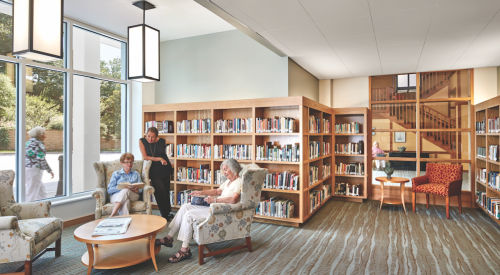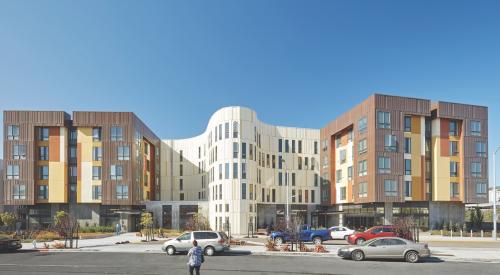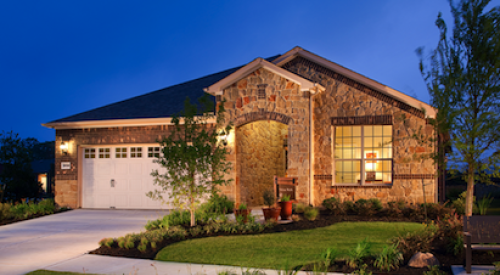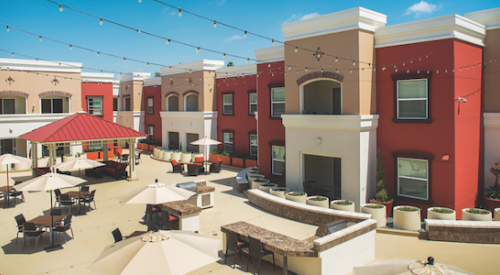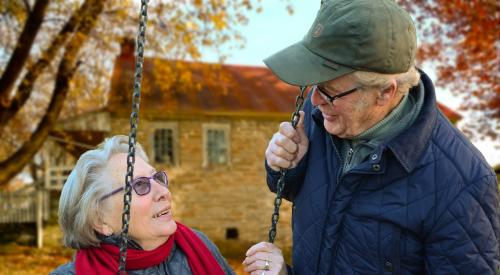According to Bob Fertig, U.S. Home division president for North Florida and chairman of the company’s active adult committee, the average age of new buyers in its age-restricted communities has dropped by about five years to 63. But of larger consequence, notes Fertig who has built active adult communities for more than 25 years, is that buyers are mentally and physically younger than ever before and absolutely do not see themselves as living in a "retirement" community.
"When we finished off our last retirement community a couple of years ago--and I use the word retirement purposefully--focus groups told us that they were almost unanimously against the use of the term ‘retirement community.’ It was interesting to see their reaction," says Fertig. "The men in the group were physically uncomfortable talking about it. They were shifting in their seats. These people are just too young at heart to think of themselves as retirees."
It was at that point that U.S. Home began making wholesale changes to the amenity packages for its active adult communities. In addition to being younger at heart and in better physical shape, today’s buyers are also generally more affluent and have become accustomed to upscale living. Outdoor public areas of all U.S. Home active adult communities now have significantly enhanced landscaping along driveways and walking areas. Architecturally impressive entrance guardhouses have been built and expanded. U.S. Home ceased building shorter, less competitive "executive" golf courses in favor of the longer "championship" variety. Meanwhile, community clubhouses have undergone a major overhaul. They now typically include:
The whole idea of the changes is to give each community more of a country club feel, says Fertig, and so far buyers are responding well. Going largely unnoticed through all of these changes to the clubhouses are the erstwhile amenities that have been left out. Shuffleboard, the ubiquitous game of the past is gone, says Fertig, and arts and crafts activities have been scaled back, "Those activities project the wrong image."
